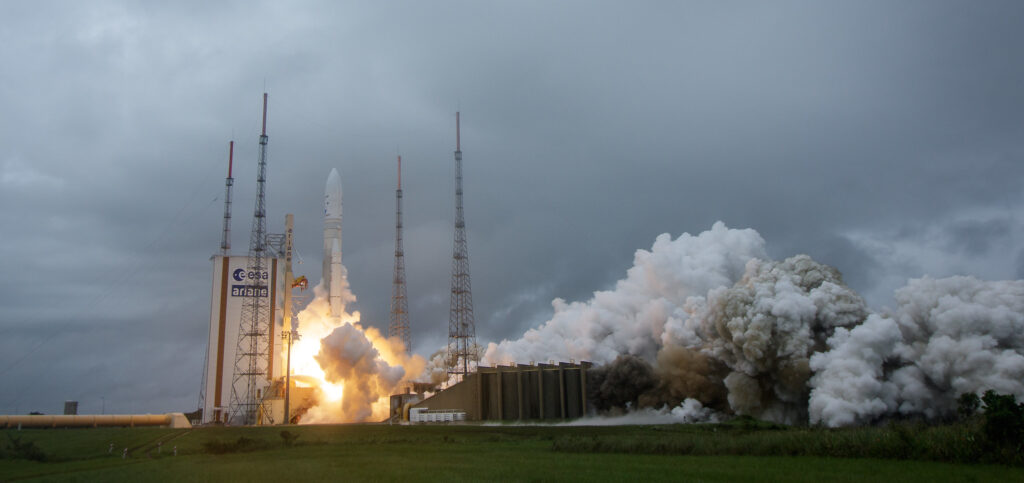The James Webb Space Telescope (also called JWST or Webb) is the world’s largest, unbelievingly capable, and most complex space telescope ever built in human history. It is an international collaboration between NASA, the European Space Agency (ESA), and the Canadian Space Agency (CSA). It is a successor to the highly versatile Hubble Space Telescope (also called HST or Hubble), widely admired and known for changing our perspective of the universe.
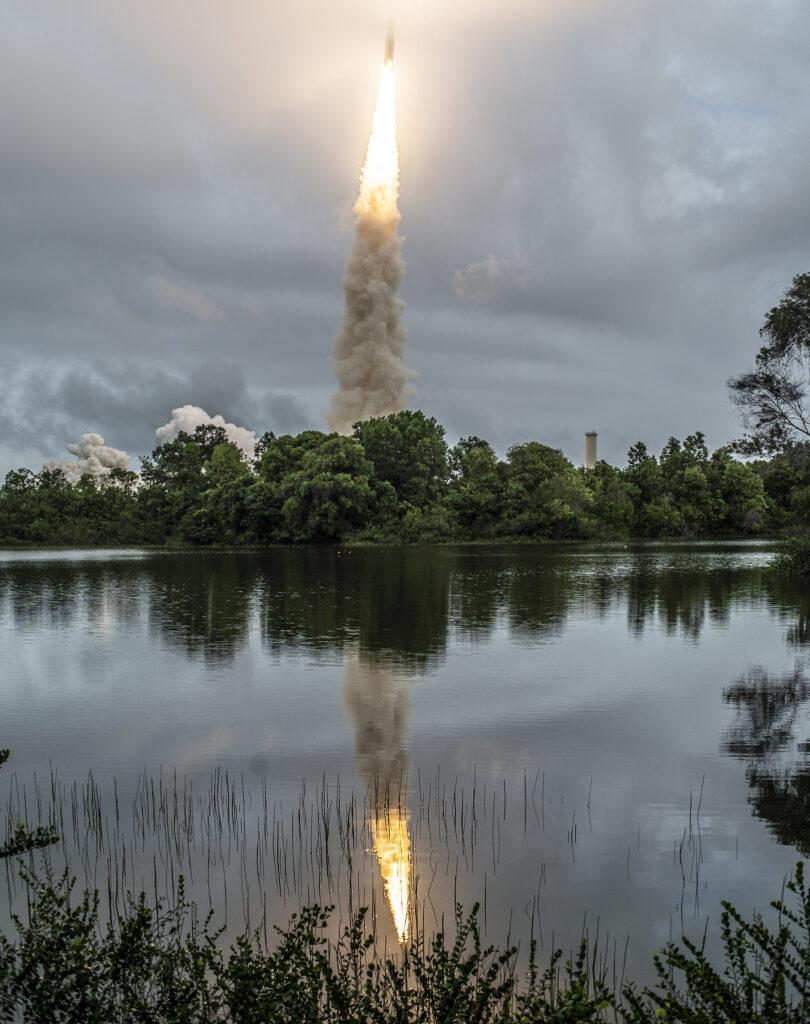
Hubble is already out there, so why Webb?
The underlying science and the need behind these two telescopes are not similar. While Hubble was designed mainly to observe the visible spectrum of the wavelength along with some capability of detecting near-infrared light and ultraviolet light, Webb has been designed by keeping the infrared spectrum in focus.

The lights from the distant galaxies and around the time near the Big Bang started out as ultraviolet or x-rays, but due to the expansion of the universe, by the time they reach us, they have red-shifted and now lie in the infrared spectrum (analogous to the Doppler shift that changes the frequency of sound waves when the source moves away from the observer). Thus an infrared telescope was needed that could look at the first galaxies and stellar nurseries, and probe into the origins of our universe and our place in it.
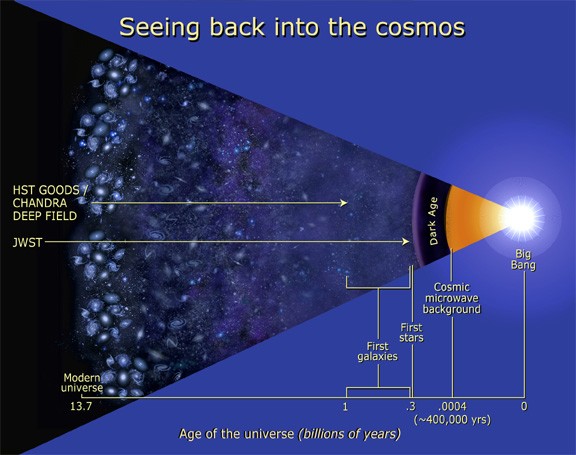
Science behind JWST
The James Webb’s eye is an optical wonder – consisting of four golden mirrors and dozens of subsystems to support the functionality of the massively capable optics. Gold is used in coating Webb’s mirrors because it can reflect red and infrared light extremely well. The primary mirror is 6.5 meters in diameter (as compared to 2.4 meters diameter of Hubble) and has 6.25 times more collecting area than the Hubble. It will collect light from the distant universe, converge it to a secondary mirror, which will continue to focus the light and reflect it to the tertiary mirror, finally sending light to the fourth one, the fine steering mirror.
The primary mirror consists of 18 hexagonal segments made of Beryllium because of its light weight, high tensile strength, and ability to remain stable at very cold temperatures. The telescope and its instruments will be operating at minus 233°C, protected by its large sunshield, giving the telescope an equivalent of SPF one million sunscreen. Though the minimum baseline for the mission is 5 years, the Webb team is confident of the science operations to continue more than 10 years with enough propellant to support it.

Webb’s Orbit
Webb will orbit around one of the Lagrangian points, L2 which is about 1.5 million km away from the Earth. Because Webb has to observe faint infrared light from very distant objects, and infrared being heat radiation, any form of heat will interfere with its working and observations. So, Webb needs to be placed in an orbit at a specific location where its sunshield can block both the Sun and Earth (and Moon too) all the time. The Second Lagrange point, L2 fits this property of the Sun-Earth system and lies outside Earth’s orbit.
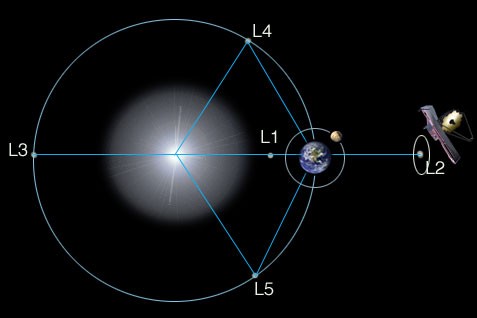
Around L2, the Webb can stay more or less in the same position relative to the gravitational bodies that it is traveling with (Sun and Earth). At L2, the gravitational pull from two bodies equals the centripetal force required by a spacecraft to move with the gravitational bodies. The stable and cold environment at L2 will allow Webb to carry out the sensitive infrared observations that it has been designed for.

Science Goals of Webb
Webb has the following missions:
a) Search for the first galaxies that formed right after the Big Bang
b) Determine the evolution of galaxies from their formation until the present
c) Examine the formation of stars and planetary systems around them
d) Measure the different properties of planetary systems – physical and chemical, and investigate the potential for life in them
Communicating with Webb
The photons collected by the Webb will get converted to electrons, which will get recorded onto a data recorder on the telescope. This data will then be sent back to Earth using Deep Space Network (DSN), using three large antennas located in Australia, Spain, and California. Positioned around L2 will allow the Webb to always be at the same location relative to Earth – in the night sky about 1.5 million km away and thus will make ground-based antennas to communicate continuously with it as the Earth rotates through the DSN.
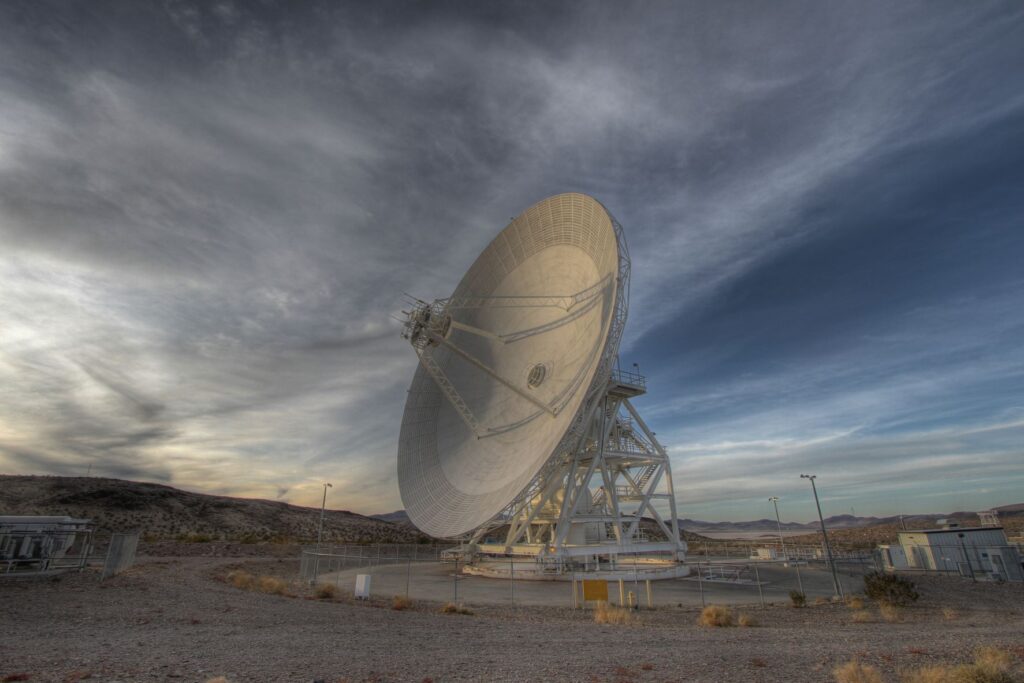
Expectations
Because of its powerful mirrors and instruments, Webb is expected to show us things that we could never imagine. Its ability to look so much backward in the past (just 100 to 250 million years after the Big Bang or up to 13.6 billion years in the past) gives an unparallel excitement, hope, and opportunity to conduct research.
Until now, there have been only speculations about what the universe would have looked like in its infancy, but in the form of the James Webb Space Telescope, we now have a tool that will not only unveil all the curtains but will also draw us closer to the universe, for we are nothing but a random arrangement of the fundamental particles and force fields that the universe itself is comprised of. We will be looking at ourselves with more clarity in the mirrors going forward – sometimes reflecting us, and sometimes reflecting the universe in us.

